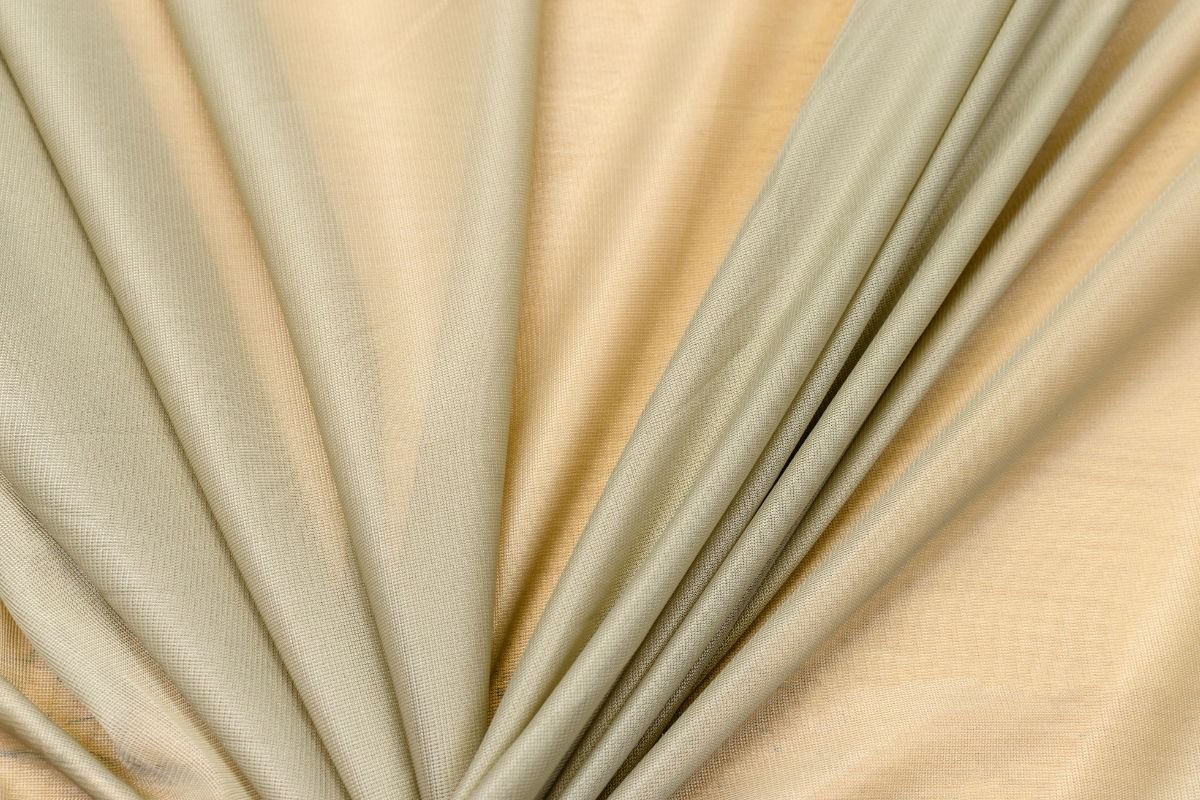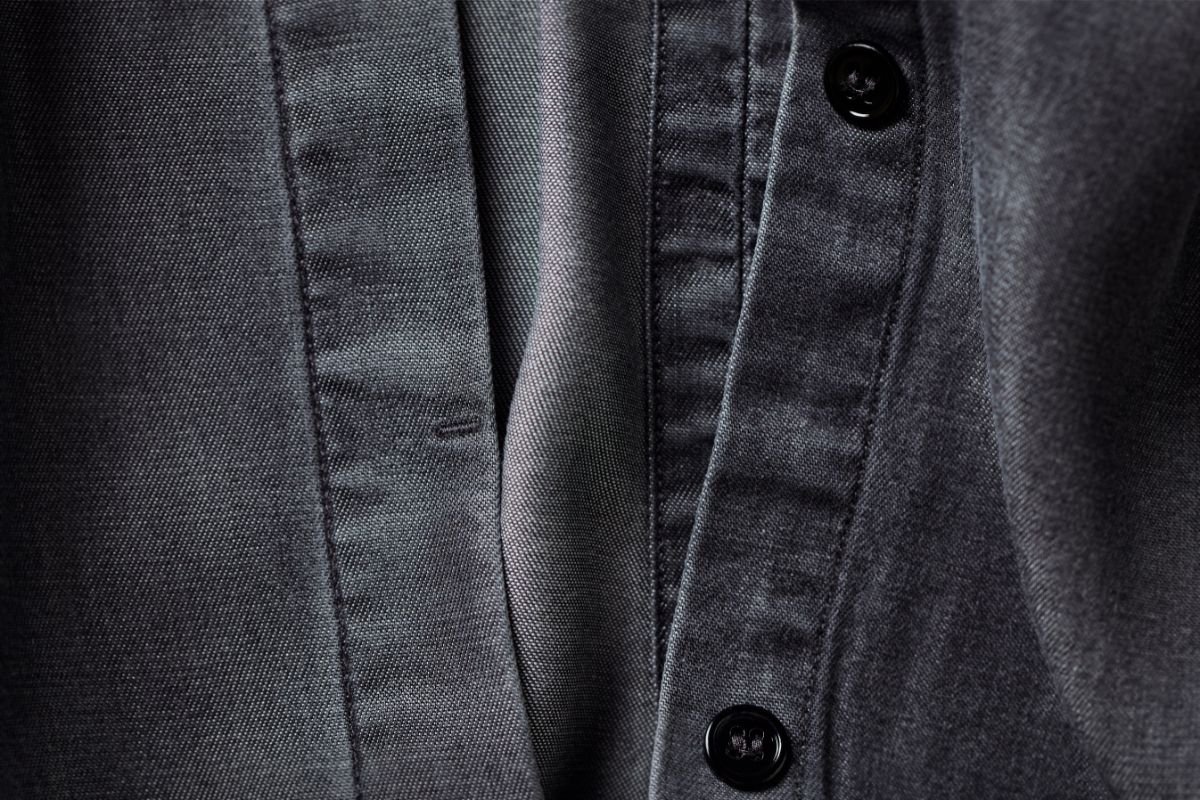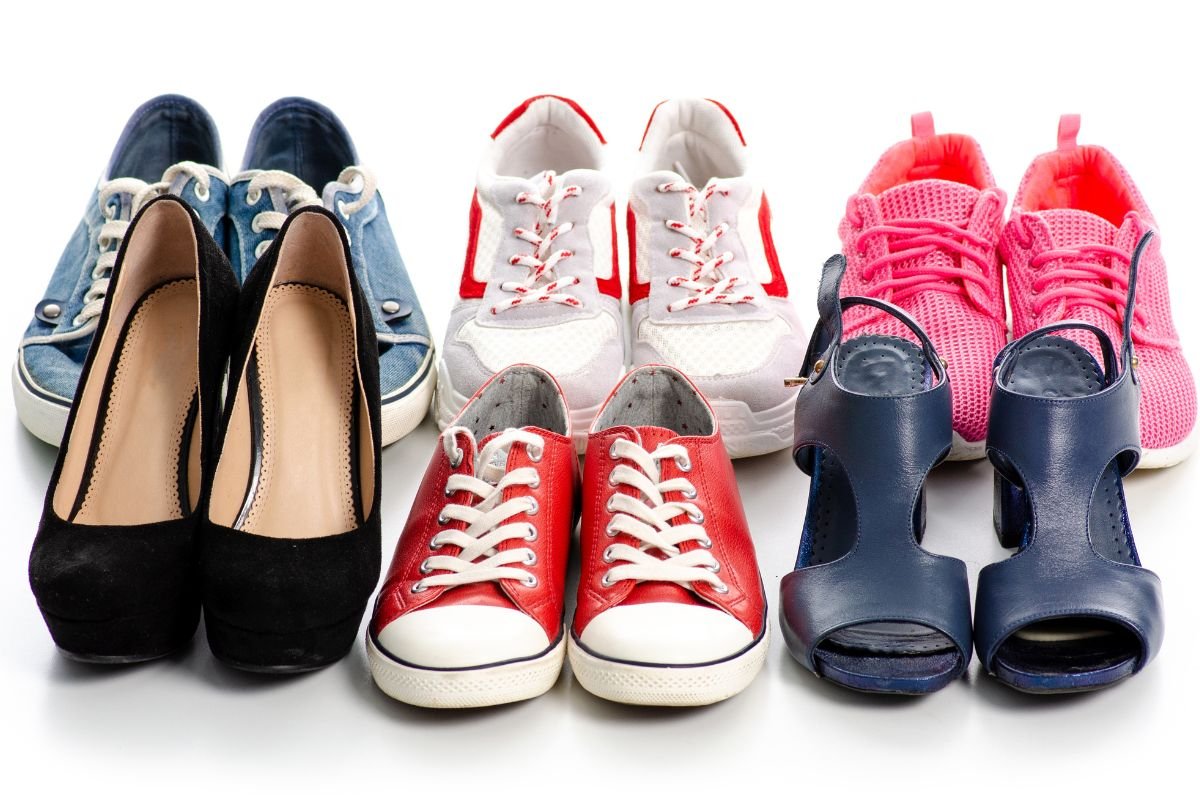The term “rayon” is not uncommon when discussing fabrics.
Most likely, some of you own clothing, accessories, or home goods made of this fabric. But do you understand what rayon is? In a nutshell, it’s a synthetic fibre that isn’t entirely synthetic.

Rayon is a substance with a natural basis that is created from the cellulose found in cotton or wood pulp. It is an easy-to-use, affordable fibre that is well suited for a variety of applications.
Several types of rayon can mimic the appearance and feel of other natural materials including cotton, linen, and silk. This fabric comes in a variety of forms, including viscose, modal, and lyocell. Intrigued? Continue reading to learn more.
What Is Rayon?
One of the comfiest materials, rayon is utilised in a wide variety of cosy apparel and home goods. The silky feel of rayon contributes to its popularity, it is also breathable, adaptable, moisture-absorbent, and fast drying.
It can feel light and wonderfully soft against the skin because rayon was designed to feel and look like silk.
This makes it a great fabric for pyjamas, loungewear, and activewear. The majority of the time, the material feels smooth and silky, but it can also resemble wool and soft cotton.
Several distinct silky-soft textiles, including modal, viscose, and lyocell, are utilised in fashionable fashions and are together referred to as rayon.
Since rayon is a synthetic fabric made from natural materials, defining it can be a little challenging.
Unlike synthetic polyester and natural cotton, rayon is created from cellulose found in wood pulp (often from spruce, pine, hemlock, or bamboo trees).
The wood pulp must undergo a lengthy chemical procedure in order to be converted into yarn. Consequently, it is frequently regarded as semi-synthetic since even while the origin is natural, its subsequent processing is not.
What Is Rayon Used For?
The most typical application is to create a variety of clothes and home goods, including blankets, sheets, and curtains. Additionally, medical supplies and tyre cables can be made from rayon.
Advantages
- Cheap but feels and looks luxurious.
- Some iterations of this cloth are renowned for having a silky texture.
- Fits good; is breathable.
- combines well with different fibres.
- simple dyes that produce stunning colours.
Disadvantages
- A weak fabric that becomes even weaker when subjected to light and moisture
- Can shrink when washed; therefore, dry cleaning is required.
- Can be damaged while ironing If the substances used in the manufacturing process are not handled appropriately, both the environment and worker safety are put at risk.
Types Of Rayon
The terms rayon, modal, lyocell, micro modal, and bamboo viscose are sometimes used interchangeably; however, each of the many varieties has a few subtle distinctions.
Viscose
The most popular type of rayon is viscose, which is so popular that it is occasionally referred to as normal rayon. Given that it is incredibly soft, breathable, and sweat-wicking, this is the material that you will see in a lot of sleepwear and sporting wear.
Modal
Commonly used for loungewear, lingerie, activewear, and sleepwear, modal is a subtype of rayon. Instead of the typical wood pulp used in most rayon production, modal is created from beechwood that is grown on non-arable land.
Since beech trees can flourish in a variety of soil conditions, modal is frequently regarded as a sustainable choice.
Micromodal
Micromodal is a type of modal with finer fibres. Because the finer fibres are smaller and utilised in greater quantities when creating textiles,
Therefore, it is a fantastic fabric for underwear if you would like them to be extremely soft and breathable yet still provide some support and flexibility. This also implies that the fibres may be put into a tighter weave.
Lyocell
This is more eco friendly and is created using wood pulp cultivated in forests that practise sustainable logging.
Additionally, a chemical closed-loop system with little environmental impact is used to process the wood pulp. Typically, it is offered under the Tencel® brand name.

Bamboo Viscose
Bamboo viscose is confusingly like normal rayon in essence. Although rayon and viscose are essentially synonyms, viscose is more frequently used in Europe than rayon in North America.
It becomes more difficult because bamboo itself is incredibly sustainable and grows rapidly without the use of pesticides, fertilisers, irrigation, or replanting.
It is frequently promoted for its positive effects on the environment as a result.
However, chemical processing and treatment may be necessary to transform the natural bamboo product into bamboo rayon and bamboo viscose, which could harm the environment and lead to hazardous working conditions.
Is Rayon Safe For The Environment?
You must be aware of the origins of your rayon if you are worried about how your purchases may affect the environment. The production of rayon may have an adverse effect on the environment.
Wood cellulose or bamboo can be used as the raw material for rayon, but it needs to go through a number of chemical steps in order to create rayon.
It can be extremely harmful for both employees and the environment, based on how it is done.
The majority of rayon is produced by pumping sodium hydroxide and carbon disulfide, along with wood pulp, down a pipe, a screen, and finally into a sulfuric acid vat.
The end product can be transformed into a thread and woven to produce rayon.
However, you must ensure that the modal, bamboo viscose, or lyocell is manufactured using organic substances covered by certification and is 100% recyclable.
Many businesses promote their products as being environmentally friendly and sustainable. Additionally, you should confirm that the rayon has been processed in a “closed-loop” method, in which all chemicals are recycled and utilised again.
How To Care For And Clean Rayon Clothing
Because rayon is typically not a really durable fabric and there is a possibility of shrinkage, it should always be washed according to the instructions specified on the label.
If you follow the manufacturer’s instructions carefully, your rayon clothing will have a longer lifespan.
Final Thoughts
Rayon is a very soft, smooth material which can be used to make anything from clothes to home goods. If you’re worried about the environment, make sure to check how your rayon products were manufactured.
Also, remember to follow the instructions carefully about how to wash your clothes to prevent damage.
- 15 Amazing Vegan UGG Boots Not To Miss Out On - November 23, 2022
- 15 Vegan Running Shoes To Brighten Up Your Wardrobe - November 23, 2022
- 8 Best VEJA Vegan Sneakers To Buy Today - November 22, 2022










